I am going through an example in Anghel Leonard book Mastering Java Server Faces 2.2.
The author demonstrates with an example on how preserve data for the next request on redirection when the bean is made is @RequestScoped.
This is the code for index.xhtml-
<h:body>
<f:metadata>
<f:event type="preRenderView"
listener="#{playersBean.pullValuesFromFlashAction}"/>
</f:metadata>
<h:messages />
<h:form>
Name: <h:inputText value="#{playersBean.playerName}"/>
Surname: <h:inputText value="#{playersBean.playerSurname}"/>
<h:commandButton value="Register"
action="#{playersBean.addValuesToFlashAction()}"/>
</h:form>
</h:body>
terms.xhtml-
<h:body>
<h:messages />
Hello, <h:outputText value="#{flash.keep.playerName} #{flash.keep.playerSurname}"/>
<br/><br/>Terms & Conditions ... ... ... ... ...
<h:form>
<h:commandButton value="Reject"
action="#{playersBean.termsRejectedAction()}" />
<h:commandButton value="Accept"
action="#{playersBean.termsAcceptedAction()}" />
</h:form>
</h:body>
done.xhtml-
<h:head>
<title></title>
</h:head>
<h:body>
<f:metadata>
<f:event type="preRenderView"
listener="#{playersBean.pullValuesFromFlashAction}"/>
</f:metadata>
<h:messages />
<h:outputText value="#{playersBean.playerName} #{playersBean.playerSurname}"/>
successfully registered!
</h:body>
And the backing bean-
@ManagedBean
@RequestScoped
public class PlayersBean {
private final static Logger logger = Logger.getLogger(PlayersBean.class.getName());
private String playerName;
private String playerSurname;
public PlayersBean() {
}
public String getPlayerName() {
return playerName;
}
public void setPlayerName(String playerName) {
this.playerName = playerName;
}
public String getPlayerSurname() {
return playerSurname;
}
public void setPlayerSurname(String playerSurname) {
this.playerSurname = playerSurname;
}
public String addValuesToFlashAction() {
Flash flash = FacesContext.getCurrentInstance().getExternalContext().getFlash();
flash.put("playerName", playerName);
flash.put("playerSurname", playerSurname);
return "terms?faces-redirect=true";
}
public void pullValuesFromFlashAction(ComponentSystemEvent e) {
Flash flash = FacesContext.getCurrentInstance().getExternalContext().getFlash();
playerName = (String) flash.get("playerName");
playerSurname = (String) flash.get("playerSurname");
}
public String termsAcceptedAction() {
Flash flash = FacesContext.getCurrentInstance().getExternalContext().getFlash();
flash.setKeepMessages(true);
pullValuesFromFlashAction(null);
//do something with firstName, lastName
logger.log(Level.INFO, "First name: {0}", playerName);
logger.log(Level.INFO, "Last name: {0}", playerSurname);
FacesContext.getCurrentInstance().addMessage(null, new FacesMessage("Terms accepted and player registered!"));
return "done?faces-redirect=true";
}
public String termsRejectedAction() {
Flash flash = FacesContext.getCurrentInstance().getExternalContext().getFlash();
flash.setKeepMessages(true);
pullValuesFromFlashAction(null);
FacesContext.getCurrentInstance().addMessage(null, new FacesMessage("Terms rejected! Player not registered!"));
return "index?faces-redirect=true";
}
}
I think there was no need for these 2 lines-
flash.setKeepMessages(true);
pullValuesFromFlashAction(null);
as flash.keep on terms.xhtml page serves the same purpose. The author seems to be confused here.
Or am I completely wrong & they do definitely serves a purpose over here.

